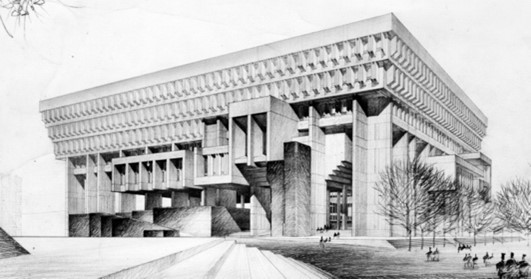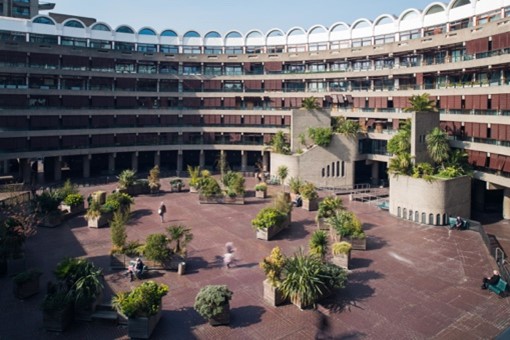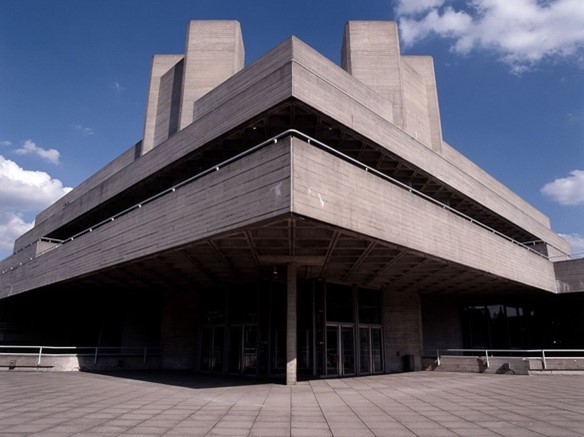Have you ever come across a building that seemed more like a fortress than a functional structure? If so, it's likely that you've encountered a piece of Brutalist architecture. This style of architecture emerged in the mid-20th century and has been the subject of much debate ever since. But love it or hate it, there's no denying that Brutalism has left an indelible mark on the world of architecture.
Brutalism is a style that is defined by its use of raw, unfinished materials, such as concrete, brick, and steel. These materials are often left exposed, giving the buildings a rough and textured appearance. The style is characterized by its imposing, fortress-like structures that prioritize function over form.
At first glance, Brutalist buildings can seem cold and uninviting. But as you look closer, you'll begin to see the beauty in their rawness. The textures and shapes of the materials used create a sense of drama and intrigue that draws you in and captivates your attention.

One of the most striking examples of Brutalist architecture is the Boston City Hall. Completed in 1968, this building is a towering masterpiece that showcases the boldness and strength of the style. The building's angular shapes and towering concrete walls make it a true icon of the Brutalist movement.
Another example of Brutalist architecture that has gained a cult following is the Barbican Centre in London. This massive complex houses a concert hall, cinema, art gallery, and numerous other cultural amenities. The building's exposed concrete surfaces and angular shapes make it a true testament to the beauty of Brutalism.
But Brutalism isn't just about imposing structures and raw materials. It's also about functionality and purpose. Many Brutalist buildings were designed with a specific function in mind, whether it be a hospital, university, or government building. These structures were designed to be efficient and utilitarian, with little consideration for aesthetics.


In conclusion, Brutalism is a style of architecture that may be divisive, but it's also one that cannot be ignored. Its rawness and strength are both captivating and inspiring, and its impact on the world of architecture cannot be overstated. Whether you love it or hate it, there's no denying that Brutalism is a style that demands your attention.



